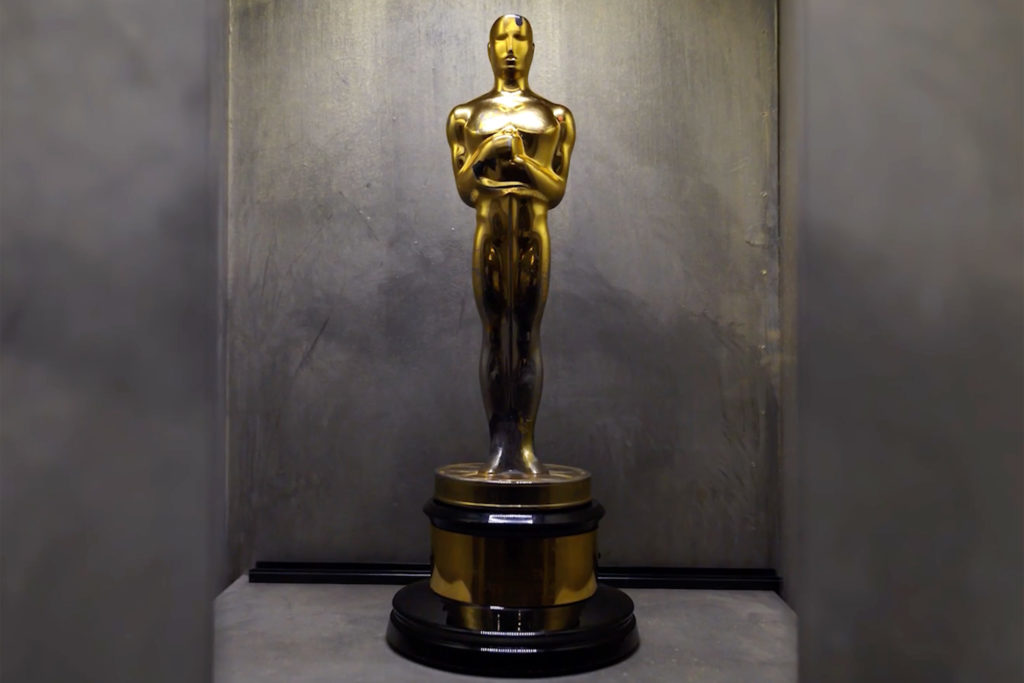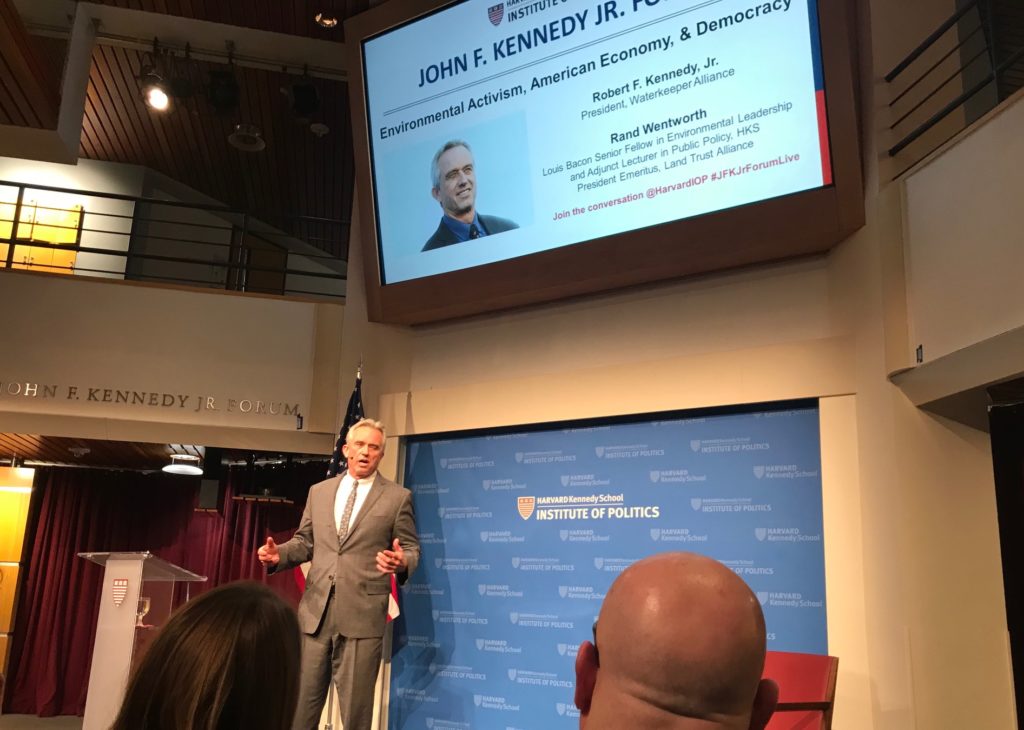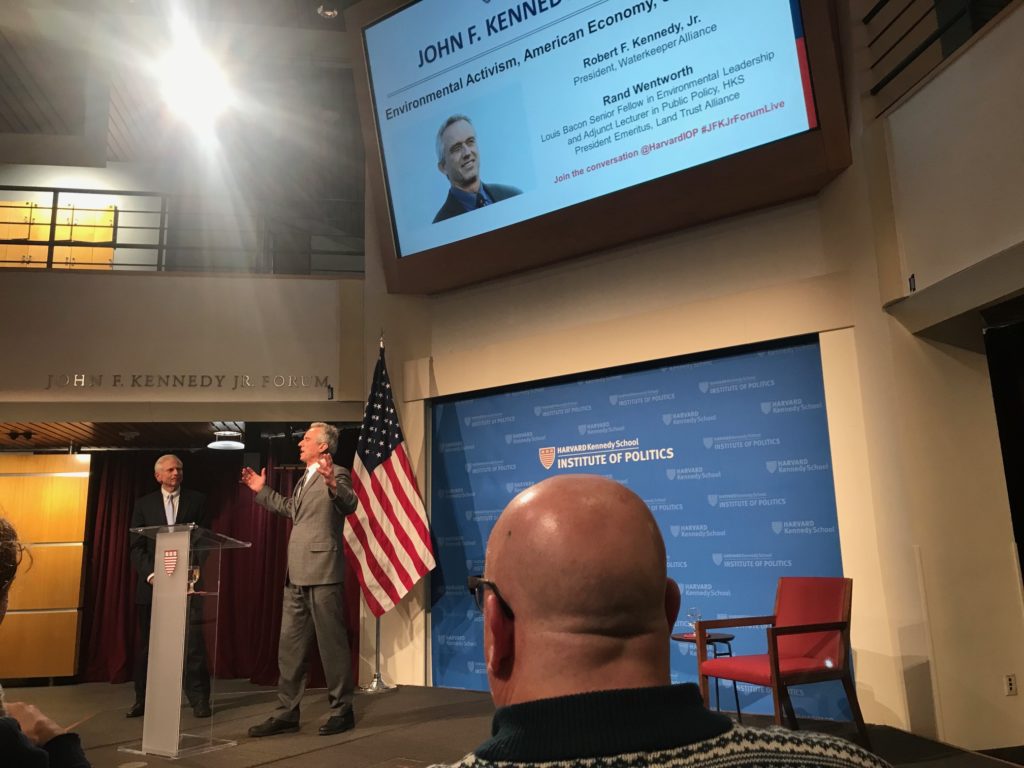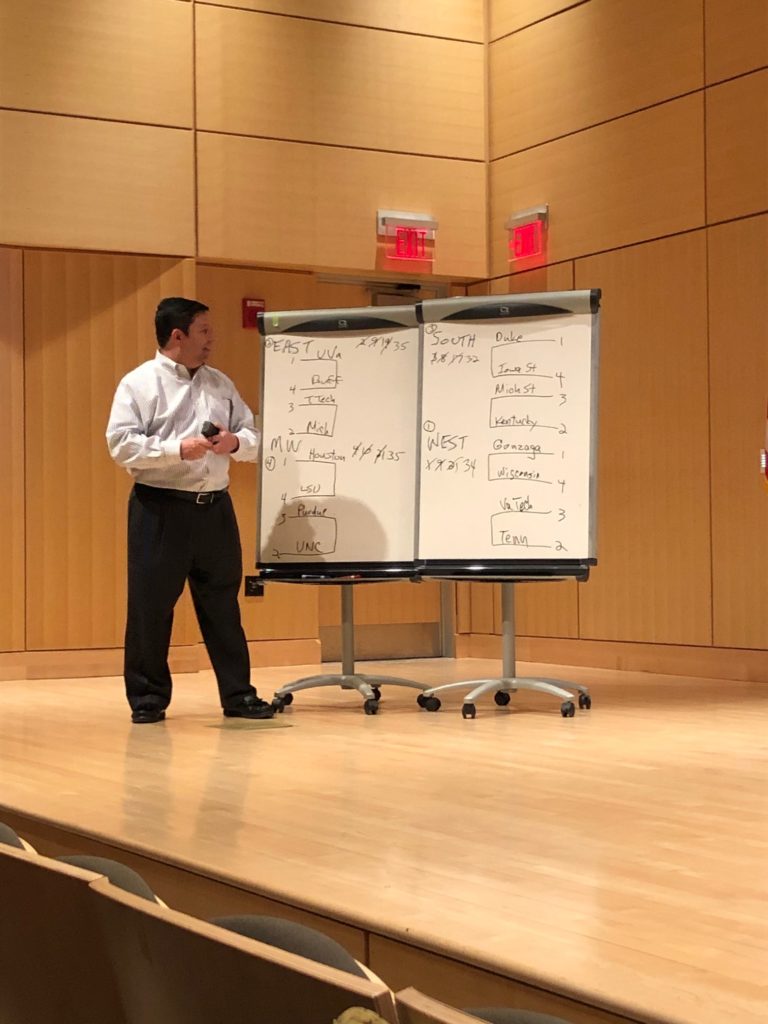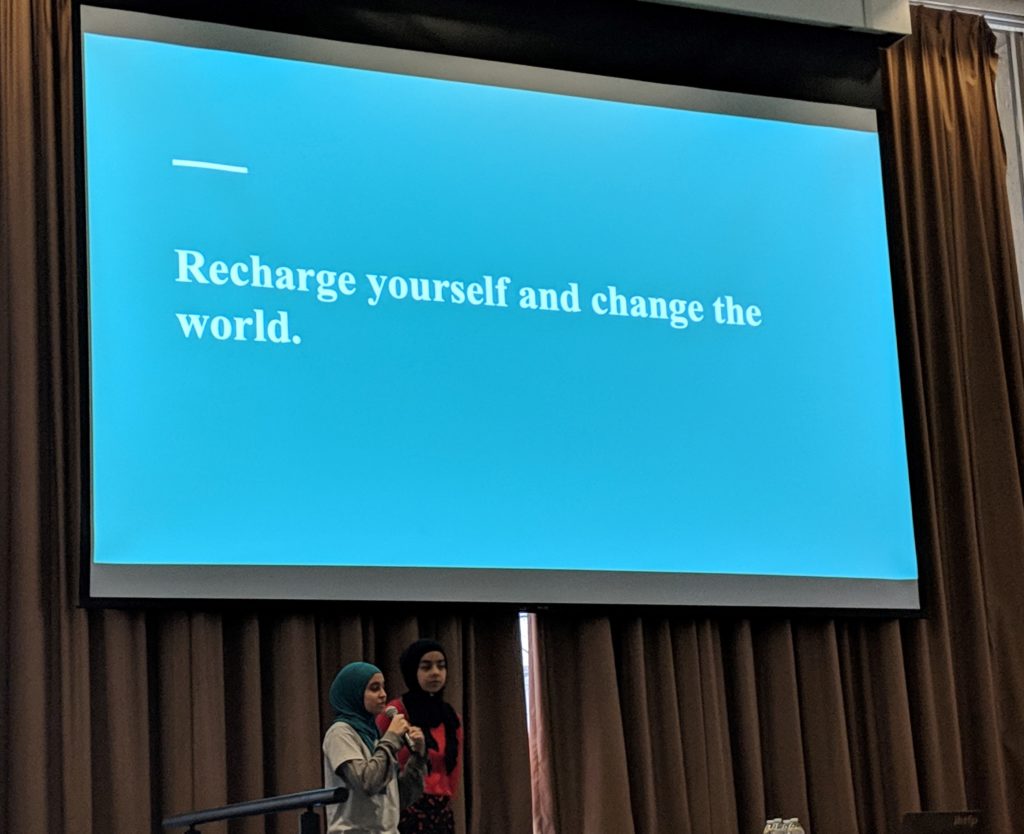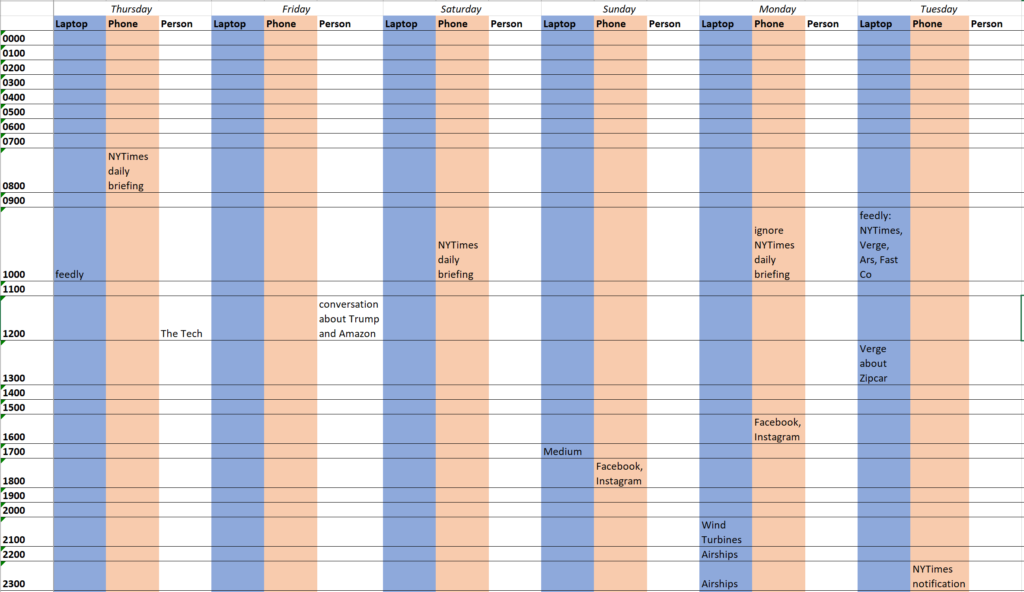Thanks to Jason Dearen for his guidance and expertise in researching this post!
In 2016, Massachusetts Governor Charlie Baker passed signature energy diversity legislation to increase the state’s reliance on renewables, specifically hydro and wind power. The law requires Massachusetts to solicit long-term contracts, 15 or 20 years, to procure 1,600 megawatts of offshore wind power and another 1,200 megawatts of hydropower or other renewable resources. Massachusetts regulators began a RFP process in 2017, collecting 5 bids from utility companies hoping to bring Canadian hydropower to Boston.

The policy benefits are clear: Between the retirement nuclear plants, decline of coal, and push for renewable sources of power for the significant needs of the Boston grid (especially during the Winter), the bill aims to provide a generation of Massachusetts residents with clean power. To put it plainly, the bill provides some indisputable economic (and environmental) benefits to Massachusetts residents.
In January 2018 Massachusetts regulators announced that Eversource’s Northern Pass had won the contract and would bring power from Hydro-Quebec dams to Boston via New Hampshire. However, by March 2018, political uncertainty in New Hampshire around the status of the project led regulators to announce that they had revoked their Northern Pass offer, and instead chosen Central Maine Power’s New England Clean Energy Connect to route Hydro-Quebec power through Maine. The only catch? CMP needs to get the power from the Canada-Maine border to their existing power lines along the coast.
Despite the clear economic benefits in Mass, like New Hampshirites, many Mainers are also opposed to the project. Why? Objections to the proposal generally fall in three categories:
- It will disrupt the northern Maine ecotourism industry (specifically whitewater rafting on the Kennebec river)
- It will disrupt the delicate ecology of the Kennebec river
- There is no economic benefit to Maine residents

Interestingly, New England is not unique in grappling with the political realities of transitioning from fossil fuels to renewables. Around the country, and especially in the West, we have seen several examples policy initiatives aiming to provide clean power run afoul environmental activists. Because often the best and cleanest alternative to burning fossil fuels is hydro, we are increasingly seeing politicians and regulators damming rivers. The downsides are the ecological disruptions, and associated political conflicts, with generating hydropower.
For example, the Klamath River on the California/Oregon border has been dammed at six places, the earliest of which were built in the 1920s. Yet recently activists, arguing that the dams make it impossible for salmon to spawn which adversely impacts the native river tribes, have successfully secured four of the dams decommission by 2020. Yet, the Klamath dams are a major source of clean power for northern California. Clearly, there are no obvious solutions.
Part of what makes the CMP project so interesting is that the issue here is not the creation of the dam itself, but rather the transport of power from an existing dam to a needy market. No one is denying the necessity of clean power in Boston; rather, the concerns of Maine residents are more focused on the lack of benefits to residents of the state.
This raises some important questions to grapple with. What responsibility does Maine have to help out its New England neighbor? What repatriations are sufficient to compensate Mainers? (Note, after initially proposing $22m in mitigation, CMP cut that to as little as $5m in 2018, while low-income ratepayers in Boston will benefit greatly from reduced-price power.) How do we reconcile efforts to reduce reliance on fossil fuels with the environmental and economic implications of doing so?
If one thing is clear, it is that there are no obvious answers, and the fight is ongoing. CMP is continuing with plans to build the line while activists organize in opposition to it. Perhaps the CMP line counts as a sacrifice that we as a society need to make for the greater good – there is no doubt that we Bostonians need clean power. But who said northern Mainers should have a massive power line built in their backyard? Or that the value of rafting the Kennebec river is less than the value of supplying clean power to Boston? I know I don’t want to be the person who makes those decisions.
Sources:
- https://www.pressherald.com/2019/01/16/maine-voices-cmp-power-line-wont-help-the-environment-and-certainly-not-mainers/
- https://www.pressherald.com/2018/09/13/dark-money-and-blurred-alliances-drum-up-resistance-to-cmp-project/
- https://bangordailynews.com/2018/11/01/business/hydro-quebec-faces-pressure-to-make-cmp-transmission-line-a-better-deal-for-maine/
- https://www.masslive.com/news/index.ssf/2018/02/maine_transmission_line_will_c.html
- https://www.masslive.com/news/index.ssf/2017/07/transmission_hydro_and_wind_de.html
- https://www.masslive.com/politics/2016/08/gov_charlie_baker_signs_hydrop.html
- https://www.wbur.org/bostonomix/2018/03/28/mass-ditches-northern-pass
- https://www.redding.com/story/news/2018/10/05/controversy-klamath-river-dam-removal-persists-approval-nears/1523718002/




